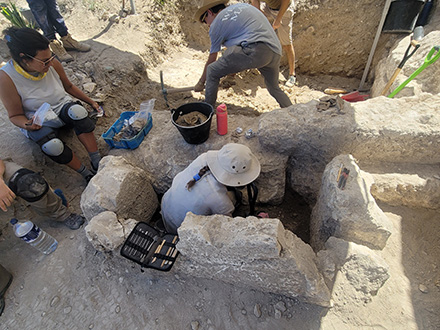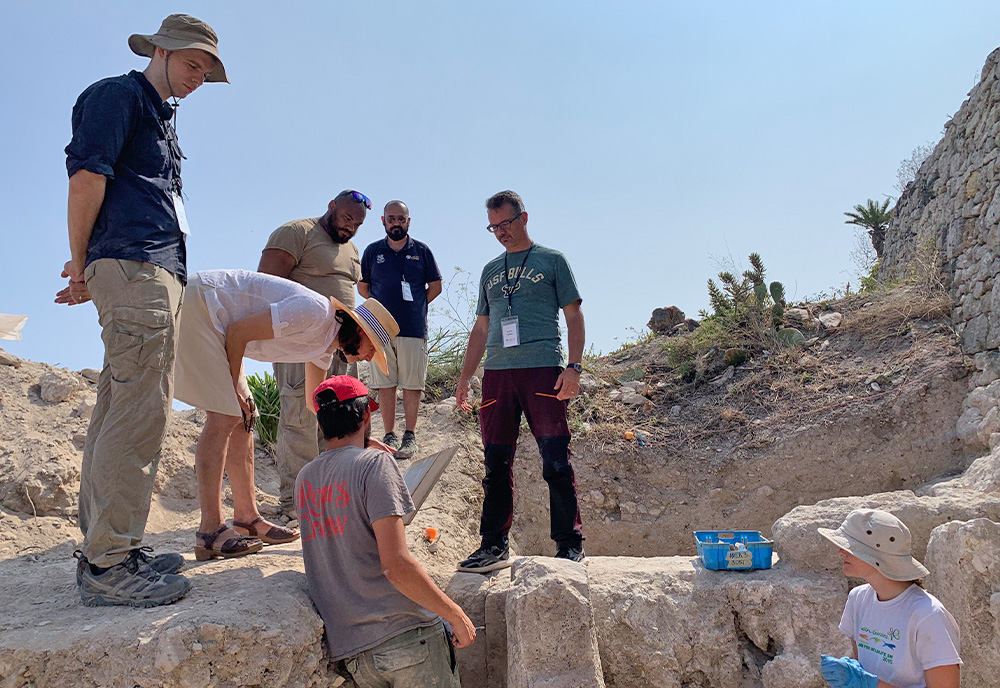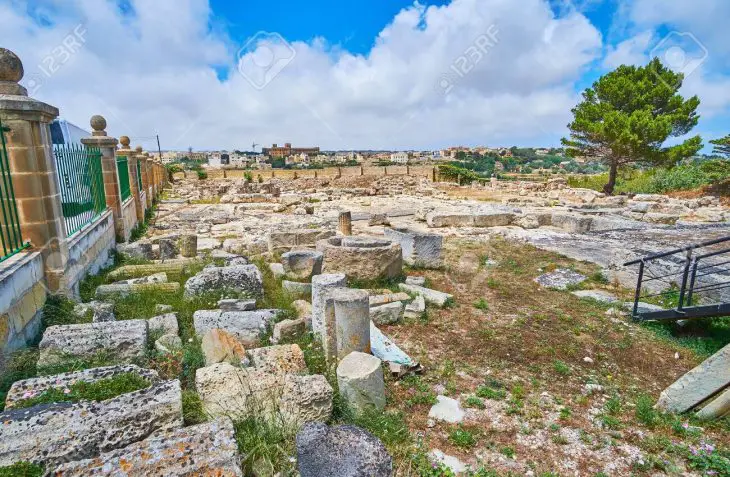Imagine uncovering a luxurious Roman mansion buried beneath centuries of soil. This remarkable feat is precisely what a team from the University of South Florida (USF) achieved during an excavation in Malta. Led by Professor Davide Tanasi, the project offered a glimpse into life 2,000 years ago, when the island was a bustling center of Roman trade and military activity.

“Malta boasts a wealth of archaeology and history, yet remains understudied,” said USF doctoral student Angela Costello. This project, known as the Melite Civitas Romana Project, not only unearthed magnificent Roman structures but also employed advanced digital methods to unlock the secrets of this ancient city.
The centerpiece of the discovery is a lavishly decorated mansion, dubbed the “Roman Domus.” Dating back to the 1st century BCE, this residence, once adorned with mosaic floors, frescoes, and marble accents, likely housed a high-ranking official or someone close to the imperial court.
But the story doesn’t end there. As the team meticulously excavated the site, they stumbled upon an even more intriguing find: a previously unknown house nestled right next to the Domus. Remarkably, the walls of this dwelling stood nearly 10 feet tall – a height unseen in typical Roman residences of the Mediterranean.
This discovery sheds light on the urban layout and social fabric of ancient Melite. By studying the spatial configuration, archaeologists can piece together how people interacted with their surroundings and each other.
Unearthing the lives of the past residents became a fascinating pursuit. The team carefully examined discarded items – pottery sherds, glass fragments, animal bones, and charcoal – essentially the “garbage” left behind.
“It’s surprising how much you can learn about people from their trash,” remarked Professor Tanasi. Studying these everyday objects provides valuable clues about the residents’ diet, habits, and social status.
For Sarah Hassam, a USF graduate student, the thrill of discovery came during the cleaning of pottery shards. A seemingly ordinary fragment revealed the inscription “D-A-O-I,” potentially a name or a clue to the identity of the house’s inhabitant. This small find ignited excitement and fueled speculation among the team.
Beyond the excavation itself, the project emphasizes digital preservation. The Institute for Digital Exploration (IDEx) at USF plays a crucial role in creating 3D models and detailed scans of the site. These digital records not only aid in ongoing research but also serve as a valuable resource for future generations to virtually explore this piece of history.

The project represents a successful collaboration between USF and Maltese authorities. Professor Tanasi secured funding to further this digital documentation of Malta’s rich cultural heritage. Additionally, the excavation permit has been extended until 2025, allowing IDEx to delve deeper into the newly discovered house and unravel the mysteries of its past residents.
This project in Malta is a testament to the power of collaboration and technology in unlocking the past. As the team continues its work, we can expect even more fascinating discoveries that illuminate the lives of those who walked these very streets two millennia ago.
Source: University of South Florida










